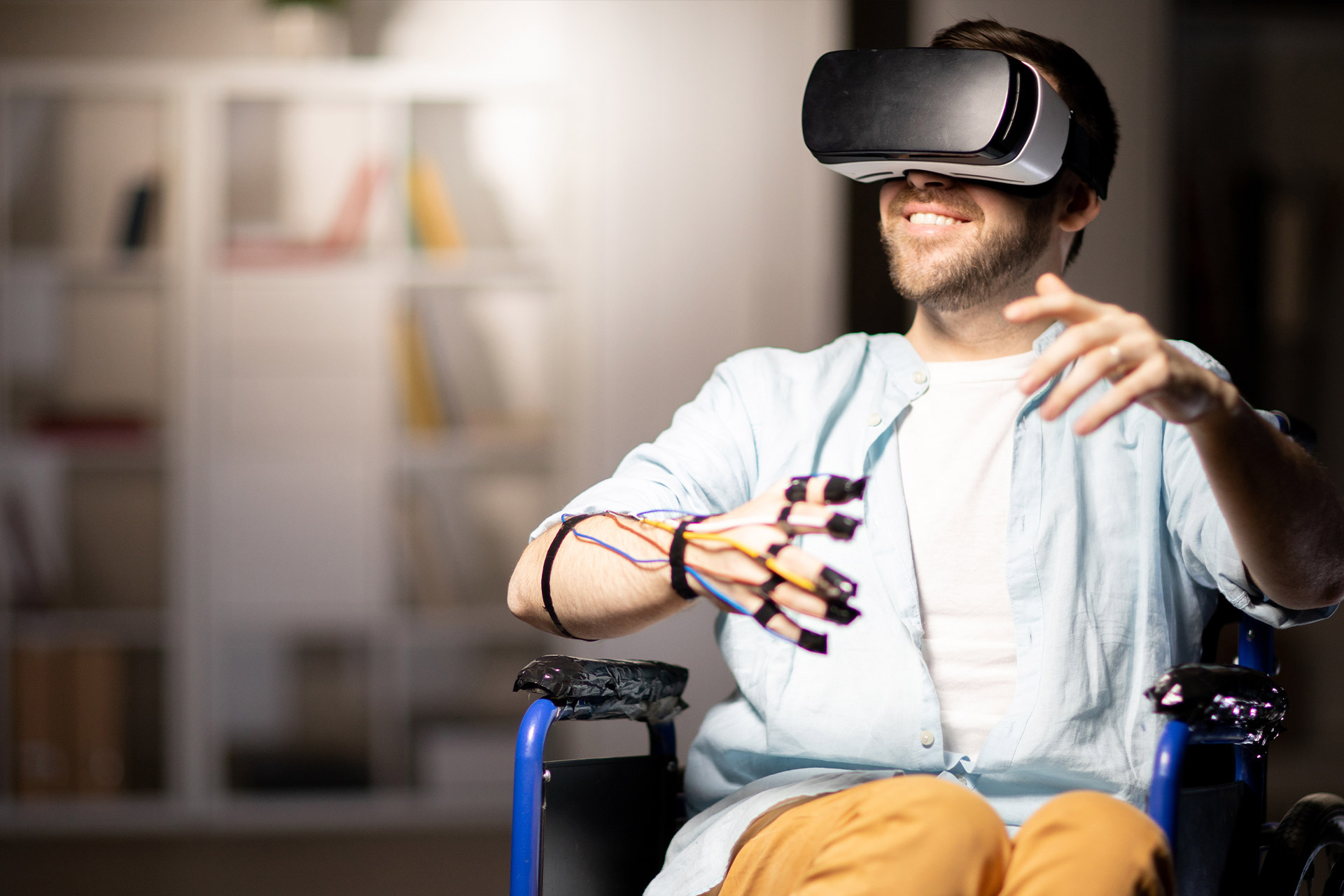
The autonomous robotic walker allows people with reduced mobility to move around autonomously, without needing help from other people.
The walker is equipped with sensors that allow it to avoid obstacles, accidents and falls, increasing the user’s safety.
The walker is designed to be accessible to people with different types of disabilities.
The walker is able to move over different types of terrain, including sidewalks, streets and stairs.
People with reduced mobility, such as the elderly and people with certain types of disabilities, often find it difficult to get around in urban environments. These challenges include going up and down stairs, crossing streets and avoiding obstacles.
The autonomous robotic walker is an innovative solution that aims to make it easier for people with reduced mobility to get around. The walker is equipped with sensors that allow it to detect obstacles and avoid collisions by following pre-established routes. It is also equipped with a safety system that alerts emergency contacts in the event of a fall.
The autonomous robotic walker uses a combination of sensors, including ultrasonic, infrared and force sensors, to detect obstacles and avoid collisions. The walker also uses a navigation app with a GPS system to follow pre-established routes and find its way around the environment.
Patent title:
Autonomous robotic walker with intelligence based on fuzzy logic for assistance to elderly and/or visually impaired people for locomotion in an urban environment
Deposit Number:
BR 10 2017 019713 1
Pontifical Catholic University of Rio de Janeiro – PUC-Rio
Rua Marquês de São Vicente, 225, Gávea
Rio de Janeiro, RJ – Brasil
Zip code: 22451-900
Postal box: 38097
Phone:
+55 (21) 3527-2155